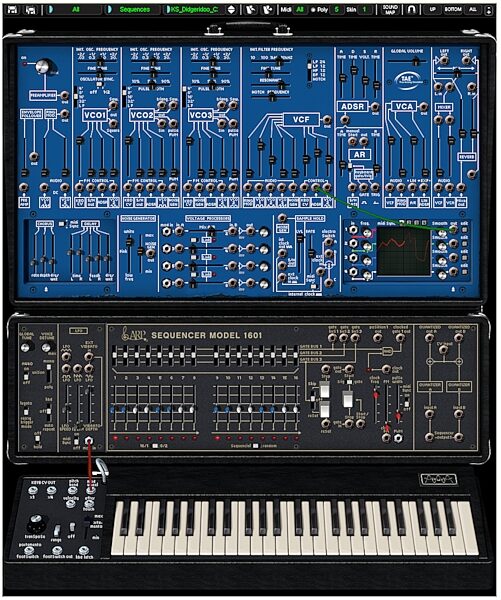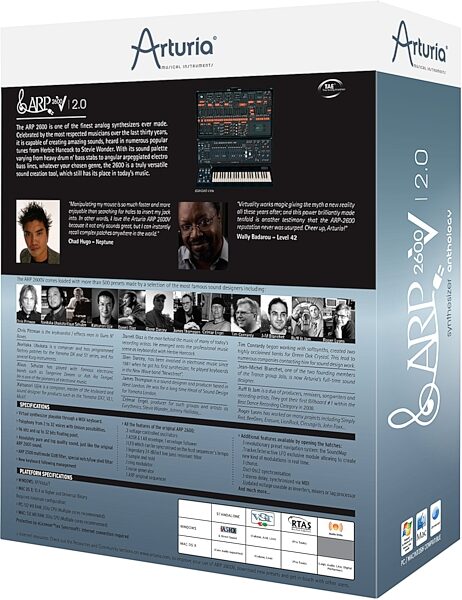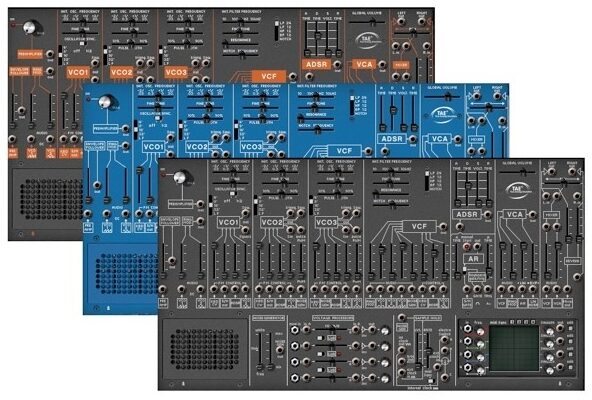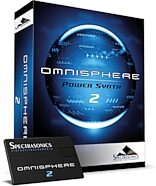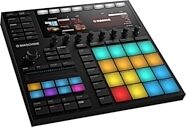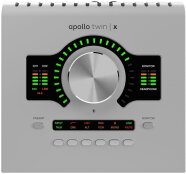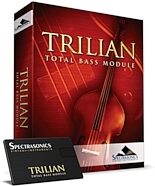Arturia ARP 2600 V Software Synth (Macintosh and Windows)
No longer available at zZounds


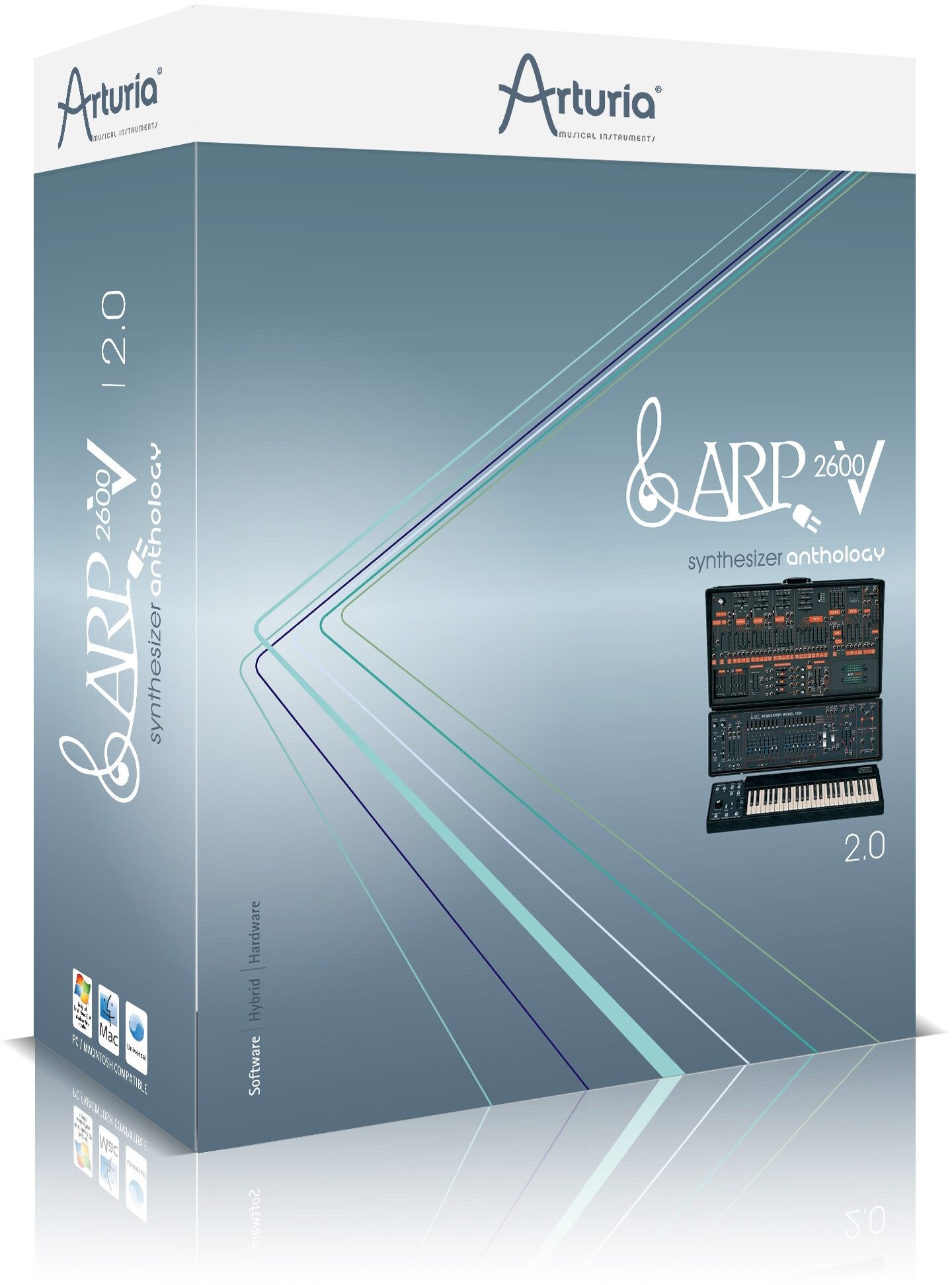
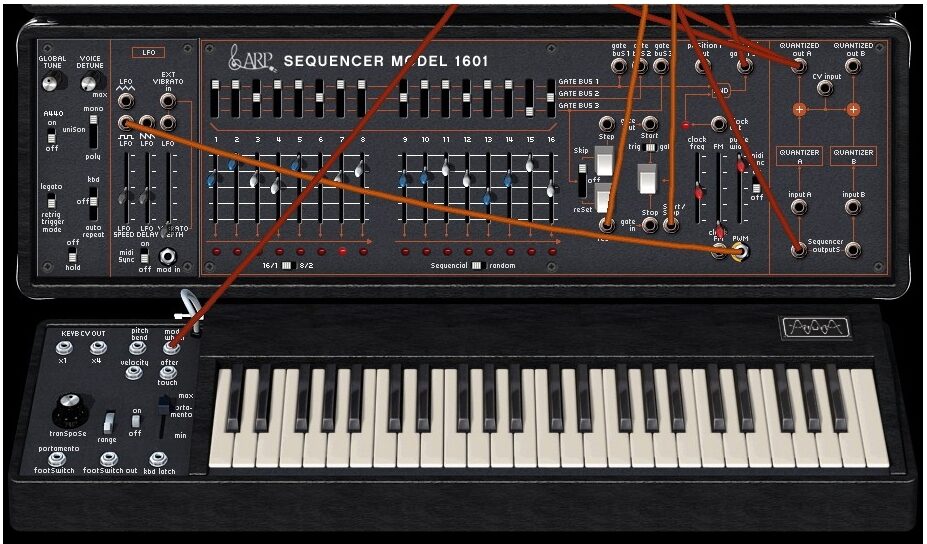

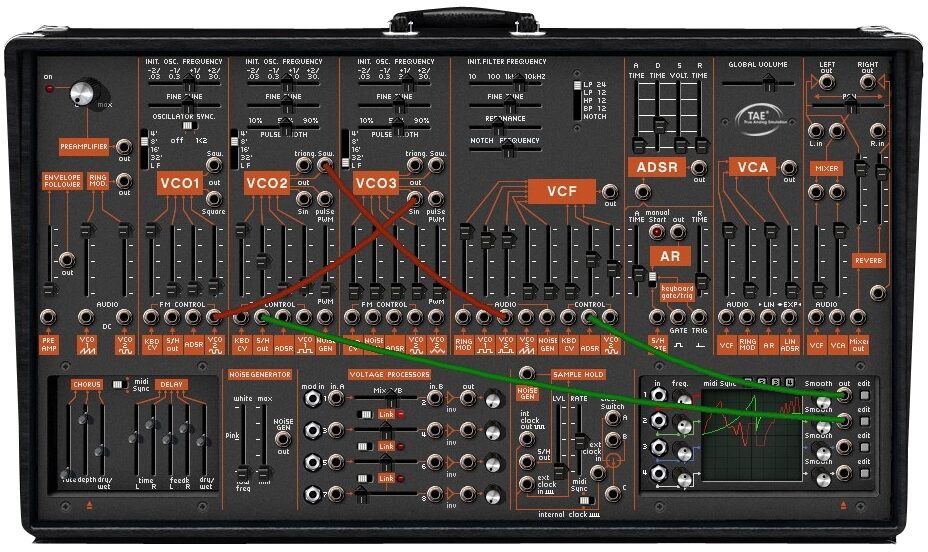
zZounds Gear Experts Say...
All the parameters of the original ARP 2600. More than 400 artist presets.
Overview
The ARP 2600 is one of the finest analog synthesizers ever made. Celebrated by the most respected musicians over the last thirty years, it is capable of creating amazing sounds, heard in numerous popular tunes from Herbie Hancock to Stevie Wonder. With its sound palette varying from heavy drum n' bass stabs to angular arpeggiated electro bass lines, whatever your chosen genre, the 2600 is a truly versatile sound creation tool, which still finds a good place in today's music.
With the ARP2600 V2, Arturia brings this powerful analog synthesizer back to life. In addition to the original functions, MIDI control, polyphony, and the ability to create, save and recall presets are all provided. But that's not all: behind the speakers panels are hidden innovative features that take the initial design of the ARP 2600 to a new level. Four revolutionary tracking generators add sound design possibilities that have never been seen before. Additional effects are also provided and along with the original ARP sequencer, they form an exciting new virtual synthesizer.
If you are at the beginning of your learning curve, you will be enjoy getting started with the hundreds of presets provided, or if you are an experienced sound designer, the ARP2600 V2 will allow you to immediately add new dimensions to your music.
New V2.0 Features:
- New Syncrosoft copy protection
- A revolutionary preset navigation system called SoundMap
- Lower CPU utilization on Mac OSX
- Better Audio Unit compatibility (Digital… read more Performer most notably)
- Ability to use NRPN midi messages for automation
- Better handling of control surfaces while changing preset
- Fresh batch of presets made by a selection of top sound designers
- MIDI RPN "pitch bend range" message is now recognized
- Presets adapted to respond to modulation wheel
- and numerous bug fixes.
Main Features:
- All the parameters of the original ARP 2600
- Original ARP Sequencer model 1601
- New 4 revolutionary tracking generators
- New effects: chorus and delay
- More than 400 presets, made by professionals
- No aliasing from 0.1 Hz to 16 kHz
- 96 kHz and up to 64 bits floating point
- More than 400 presets, made by professionals
- Playable through a MIDI keyboard
- 3 voltage-controlled oscillators. The second oscillator can modulate either the first two oscillators or the filter.
- Low pass resonant filter
- 1 LFO which can be synchronised on the tempo of the host sequencer
- 1 Sample and Hold
- Env 1: ADSR; Env 2: AR ; 1 Envelope Follower
- 1 Ring modulator
- A Tracker / interactive LFO exclusive module allowing to create new kinds of modulations in real time.
- ARP2500 multimode 12 db filter including the very special notch / low shell filter combination
- Possibility to synchronise Osc2 on Osc1
- Updated voltage processors that you can now use either as inverters, mixers or lag processors.
- New keyboard following management
- Polyphony from 2 to 32 voices with Unison possibilities
- Absolutely pure and top quality sound, just like the original ARP 2600 sound
A Little Bit of History...
Alan R. Pearlman, whose initials would form the name of ARP Instruments, became interested in instruments for electronic music as early as 1948, when he was a student at the Worcester Polytechnic Institute. This was a means for him to associate his two passions: electronic music and the piano.
In 1969, he created ARP Instruments (originally called Tonus Inc.) with David Friend and Lewis G. Pollock. The company, based in Newton Highlands (Massachusetts, USA), conceived electronic products, but also and above all else a large modular synthesizer, the ARP 2500. The machine used a matrix which connected the different sections of the synthesizer, instead of the traditional cables found in the Moog Modulars. The ARP 2500 found success in American universities.
The growth of ARP instruments was fast and in 1972 the ARP 2600, probably the most legendary of the entire range, was unveiled. This semi-modular synthesizer, conceived with an educational goal, was to become hugely successful after a shaky start. The ARP 2600 was notably used by Stevie Wonder, Joe Zawinul (Weather Report), Tony Banks (Genesis), Jean-Michel Jarre, Herbie Hancock... ARP was the market leader in synthesizers during the 70's with around 40% of the market share.
In ten years, three versions of the ARP 2600 were commercialized: The first version was called "Blue meanie" because of its steely blue finish. The "blue meanie" was quickly replaced by a second version, with a grey background finish and white silk screening (1972). This was to be more popular. In 1978 ARP decided to change the graphic chart for all of its machines: a black background color with orange silk screening was introduced. The ARP2600 benefited from its third and last version. read less
With the ARP2600 V2, Arturia brings this powerful analog synthesizer back to life. In addition to the original functions, MIDI control, polyphony, and the ability to create, save and recall presets are all provided. But that's not all: behind the speakers panels are hidden innovative features that take the initial design of the ARP 2600 to a new level. Four revolutionary tracking generators add sound design possibilities that have never been seen before. Additional effects are also provided and along with the original ARP sequencer, they form an exciting new virtual synthesizer.
If you are at the beginning of your learning curve, you will be enjoy getting started with the hundreds of presets provided, or if you are an experienced sound designer, the ARP2600 V2 will allow you to immediately add new dimensions to your music.
New V2.0 Features:
- New Syncrosoft copy protection
- A revolutionary preset navigation system called SoundMap
- Lower CPU utilization on Mac OSX
- Better Audio Unit compatibility (Digital… read more Performer most notably)
- Ability to use NRPN midi messages for automation
- Better handling of control surfaces while changing preset
- Fresh batch of presets made by a selection of top sound designers
- MIDI RPN "pitch bend range" message is now recognized
- Presets adapted to respond to modulation wheel
- and numerous bug fixes.
Main Features:
- All the parameters of the original ARP 2600
- Original ARP Sequencer model 1601
- New 4 revolutionary tracking generators
- New effects: chorus and delay
- More than 400 presets, made by professionals
- No aliasing from 0.1 Hz to 16 kHz
- 96 kHz and up to 64 bits floating point
- More than 400 presets, made by professionals
- Playable through a MIDI keyboard
- 3 voltage-controlled oscillators. The second oscillator can modulate either the first two oscillators or the filter.
- Low pass resonant filter
- 1 LFO which can be synchronised on the tempo of the host sequencer
- 1 Sample and Hold
- Env 1: ADSR; Env 2: AR ; 1 Envelope Follower
- 1 Ring modulator
- A Tracker / interactive LFO exclusive module allowing to create new kinds of modulations in real time.
- ARP2500 multimode 12 db filter including the very special notch / low shell filter combination
- Possibility to synchronise Osc2 on Osc1
- Updated voltage processors that you can now use either as inverters, mixers or lag processors.
- New keyboard following management
- Polyphony from 2 to 32 voices with Unison possibilities
- Absolutely pure and top quality sound, just like the original ARP 2600 sound
A Little Bit of History...
Alan R. Pearlman, whose initials would form the name of ARP Instruments, became interested in instruments for electronic music as early as 1948, when he was a student at the Worcester Polytechnic Institute. This was a means for him to associate his two passions: electronic music and the piano.
In 1969, he created ARP Instruments (originally called Tonus Inc.) with David Friend and Lewis G. Pollock. The company, based in Newton Highlands (Massachusetts, USA), conceived electronic products, but also and above all else a large modular synthesizer, the ARP 2500. The machine used a matrix which connected the different sections of the synthesizer, instead of the traditional cables found in the Moog Modulars. The ARP 2500 found success in American universities.
The growth of ARP instruments was fast and in 1972 the ARP 2600, probably the most legendary of the entire range, was unveiled. This semi-modular synthesizer, conceived with an educational goal, was to become hugely successful after a shaky start. The ARP 2600 was notably used by Stevie Wonder, Joe Zawinul (Weather Report), Tony Banks (Genesis), Jean-Michel Jarre, Herbie Hancock... ARP was the market leader in synthesizers during the 70's with around 40% of the market share.
In ten years, three versions of the ARP 2600 were commercialized: The first version was called "Blue meanie" because of its steely blue finish. The "blue meanie" was quickly replaced by a second version, with a grey background finish and white silk screening (1972). This was to be more popular. In 1978 ARP decided to change the graphic chart for all of its machines: a black background color with orange silk screening was introduced. The ARP2600 benefited from its third and last version. read less
Specs
Platform Specifications:
- Windows: Windows XP/Vista/Seven
- Mac OS X: Mac OS X 10.4 or higher and Universal Binary
Required Minimum Configuration:
PC: 512 MB RAM; CPU 2 GHz (Multiple cores recommended)
Mac: 512 MB RAM; CPU 2 GHz (Multiple cores recommended)
Format Compatibility
Windows: Standalone (ASIO Driver Required), VST(i), RTAS
Mac OS X: Standalone (Core Audio supported), VST(i), RTAS, and AU
- Windows: Windows XP/Vista/Seven
- Mac OS X: Mac OS X 10.4 or higher and Universal Binary
Required Minimum Configuration:
PC: 512 MB RAM; CPU 2 GHz (Multiple cores recommended)
Mac: 512 MB RAM; CPU 2 GHz (Multiple cores recommended)
Format Compatibility
Windows: Standalone (ASIO Driver Required), VST(i), RTAS
Mac OS X: Standalone (Core Audio supported), VST(i), RTAS, and AU
Documents and Manuals
For support or warranty questions, please contact the manufacturer:
Web: https://www.arturia.com/support
Web: https://www.arturia.com/support
No longer available at zZounds
In most cases, a product is unavailable because it has been discontinued by the manufacturer
This is a carousel with product cards. Use the previous and next buttons to navigate.
